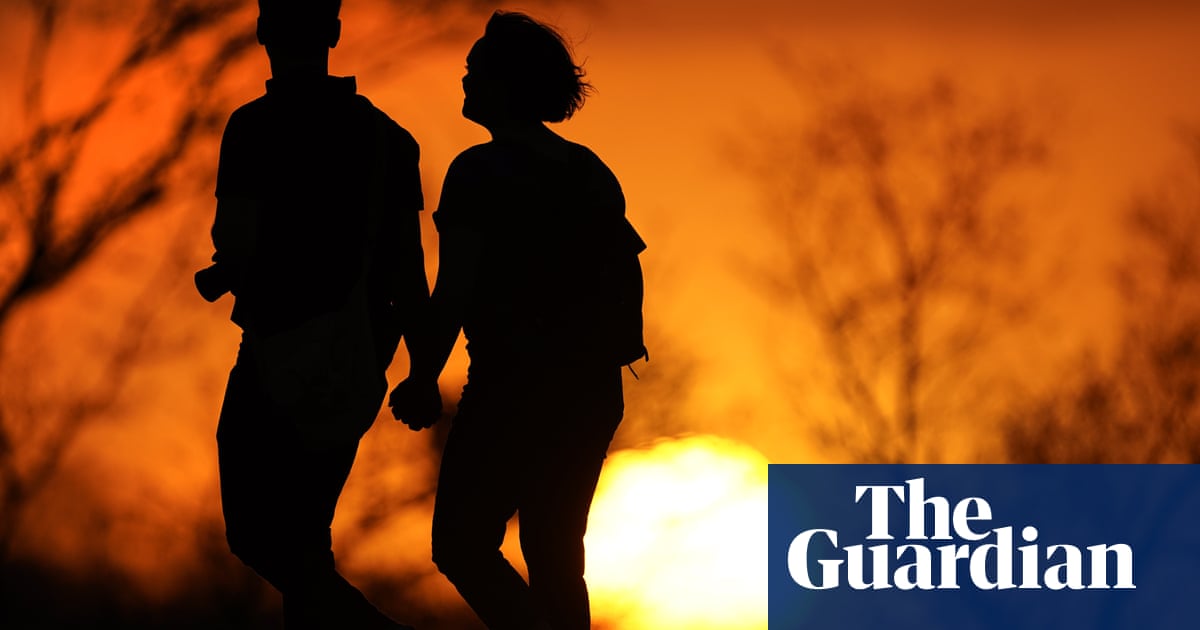
US life expectancy fell by a year and a half in 2020, the largest one-year decline since the second world war, public health officials said Wednesday. The decrease for both Black Americans and Hispanic Americans was even worse: three years.
The drop spelled out by the Centers for Disease Control and Prevention is due mainly to the pandemic, which health officials said is responsible for close to 74% of the overall life expectancy decline. More than 3.3 million Americans died last year, far more than any other year in US history, with Covid accounting for about 11% of those deaths.
The findings come as officials across the country weigh the possibility of reinstating some of the stricter efforts to curb the virus, including universal mask wearing and vaccine work requirements. Los Angeles county recently reinstated its indoor mask guidance.
Black life expectancy has not fallen so much in one year since the mid-1930s, during the Great Depression. Health officials have not tracked Hispanic life expectancy for nearly as long, but the 2020 decline was the largest recorded one-year drop.
The abrupt fall is “basically catastrophic,” said Mark Hayward, a University of Texas sociology professor who studies changes in US mortality.
Killers other than Covid played a role. Drug overdoses pushed life expectancy down, particularly for white people. And rising homicides were a small but significant reason for the decline for Black Americans, said Elizabeth Arias, the report’s lead author.
Other problems affected Black and Hispanic people, including lack of access to quality health care, more crowded living conditions, and a greater share of the population in lower-paying jobs that required them to keep working when the pandemic was at its worst, experts said.
Life expectancy is an estimate of the average number of years a baby born in a given year might expect to live. It’s an important statistical snapshot of a country’s health that can be influenced both by sustained trends such as obesity as well as more temporary threats like pandemics or war that might not endanger those newborns in their lifetimes.
For decades, US life expectancy was on the upswing. But that trend stalled in 2015, for several years, before hitting 78 years and 10 months in 2019. Last year, the CDC said, it dropped to about 77 years and four months.
More than 80% of last year’s Covid deaths were people 65 and older, CDC data shows.
That actually diminished the pandemic’s toll on life expectancy at birth, which is swayed more by deaths of younger adults and children than those among seniors.
That’s why last year’s decline was just half as much as the three-year drop between 1942 and 1943, when young soldiers were dying in the war. And it was just a fraction of the drop between 1917 and 1918, when the first war and a Spanish flu pandemic devastated younger generations.
Life expectancy bounced back after those drops, and experts believe it will this time, too. But some said it could take years.
from WordPress https://ift.tt/3is2K7C
via IFTTT

No comments:
Post a Comment